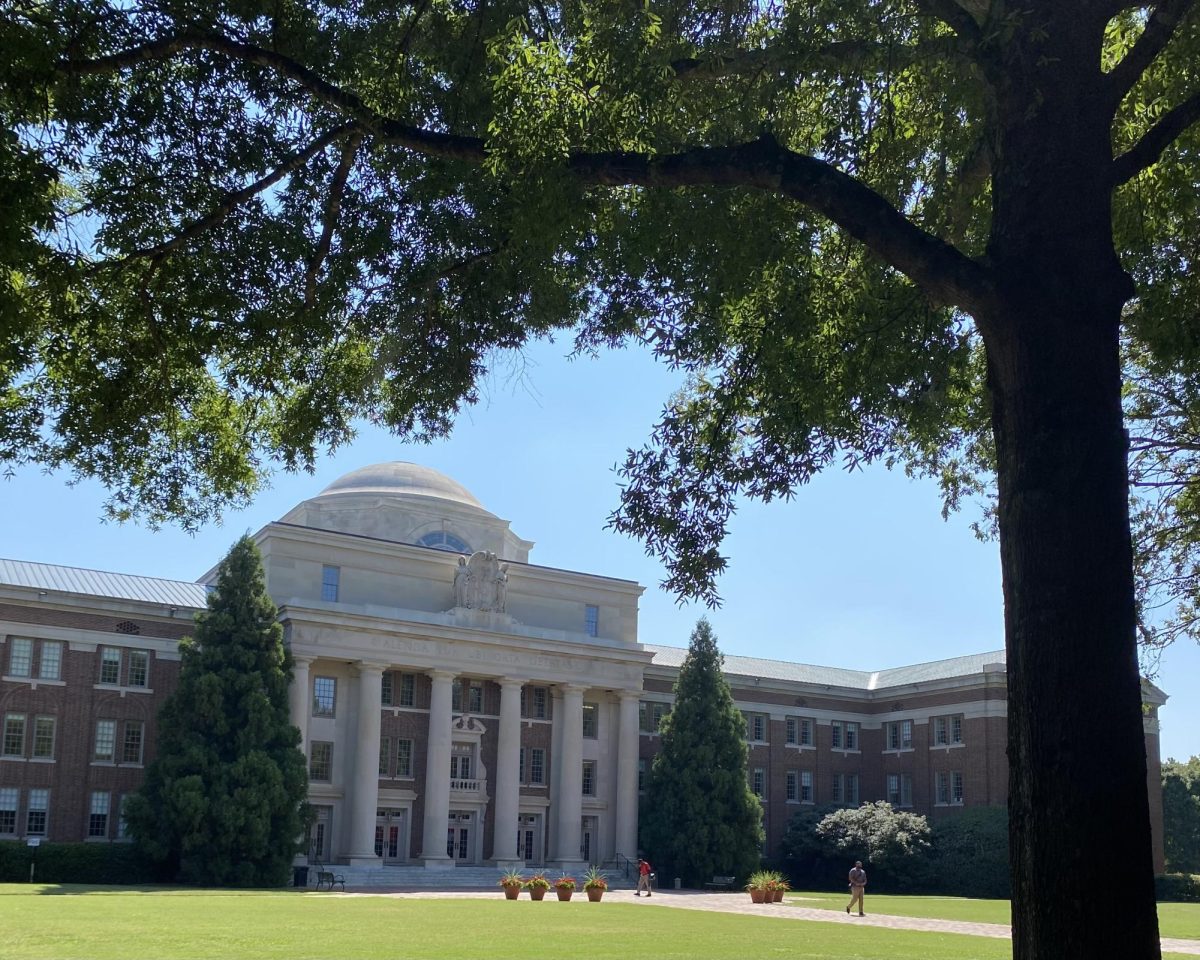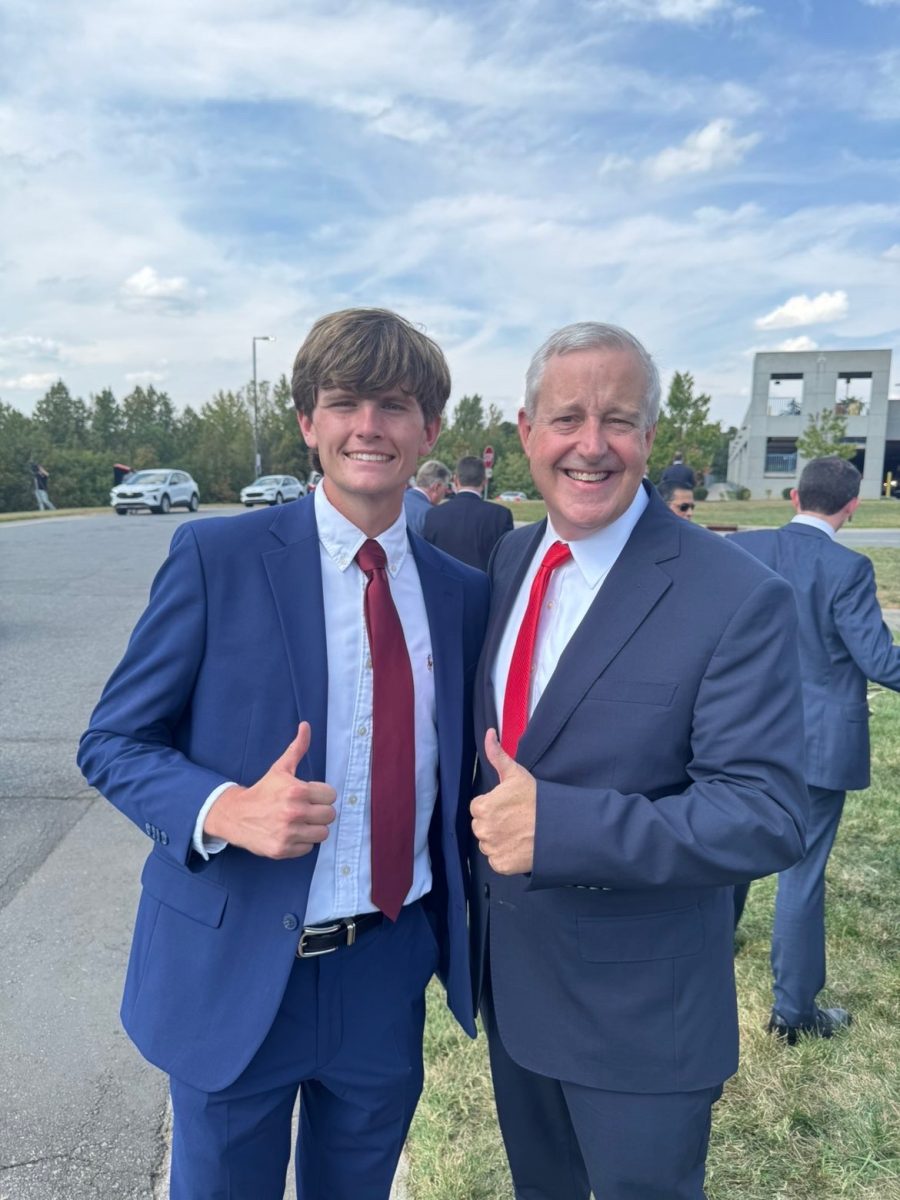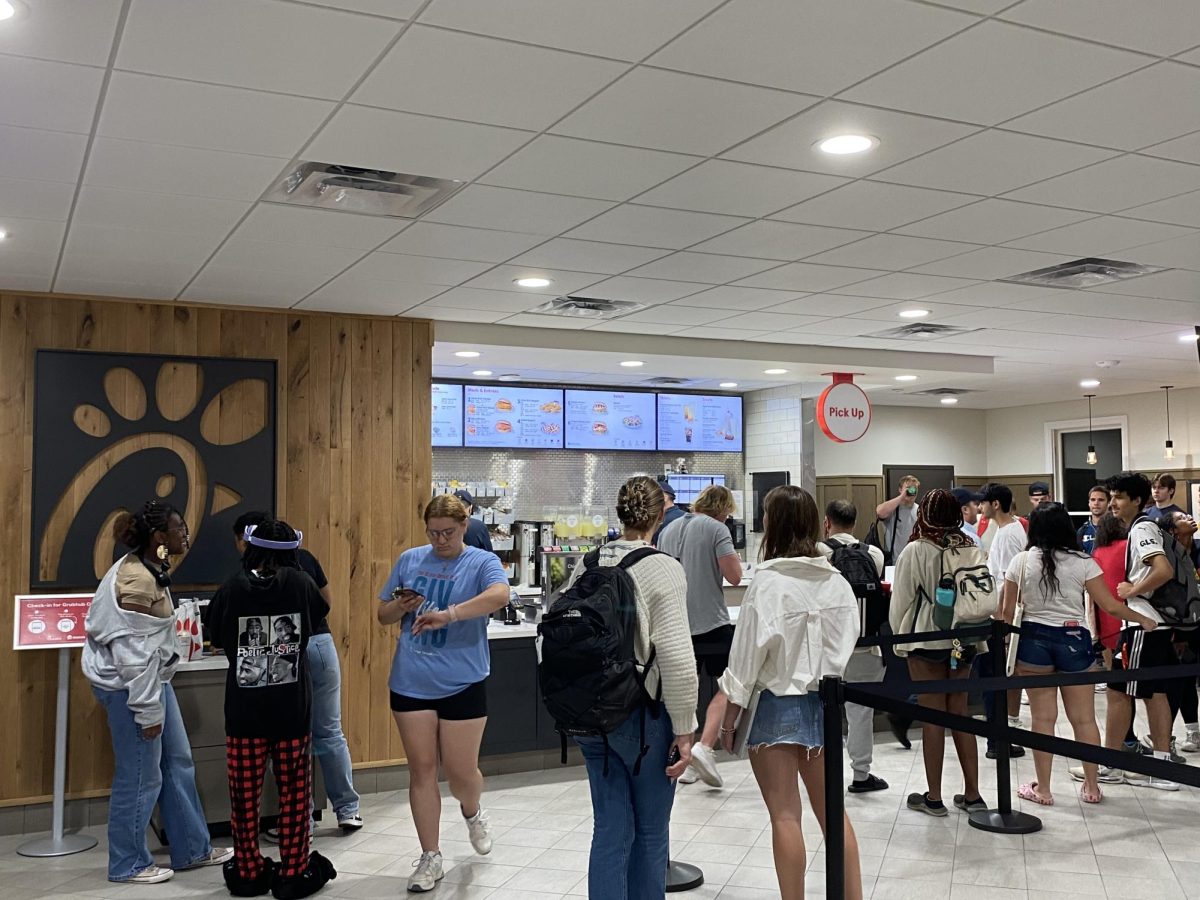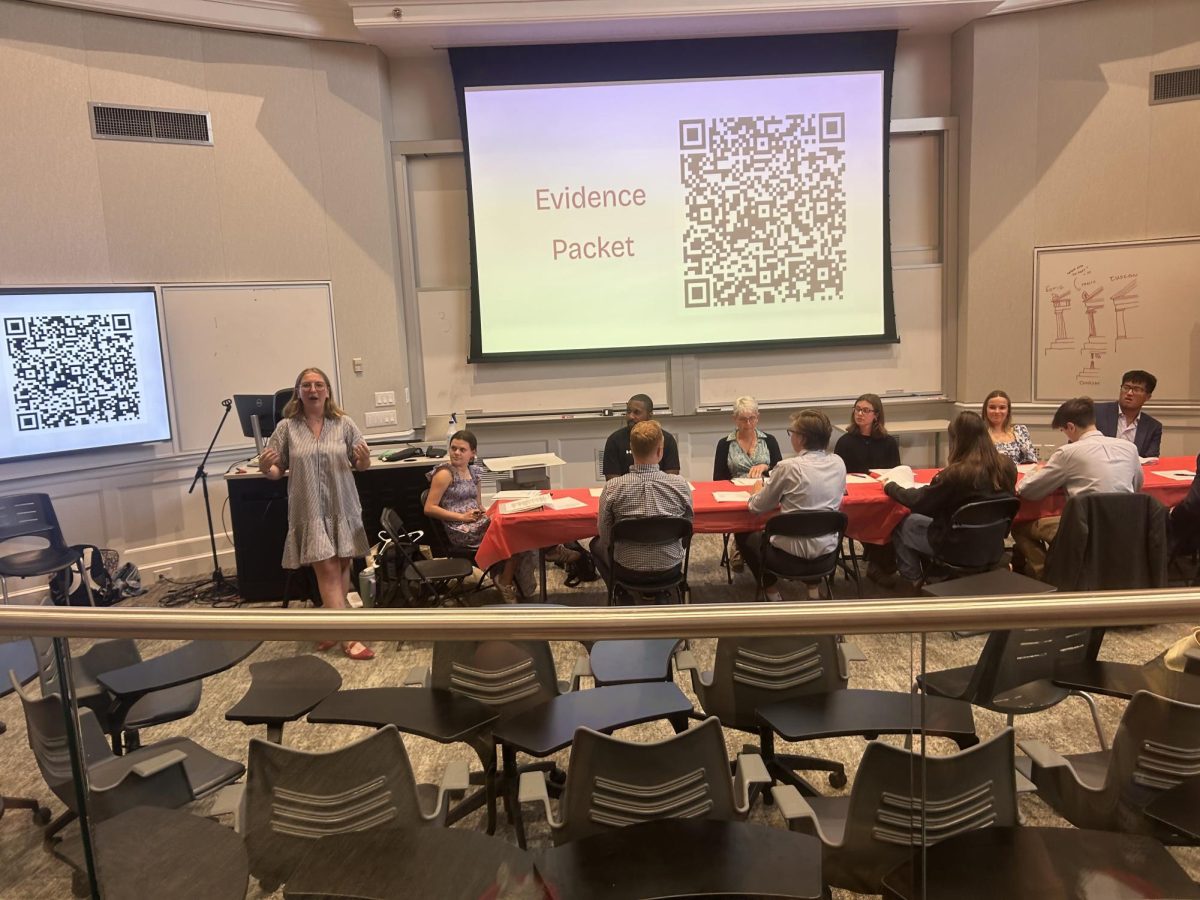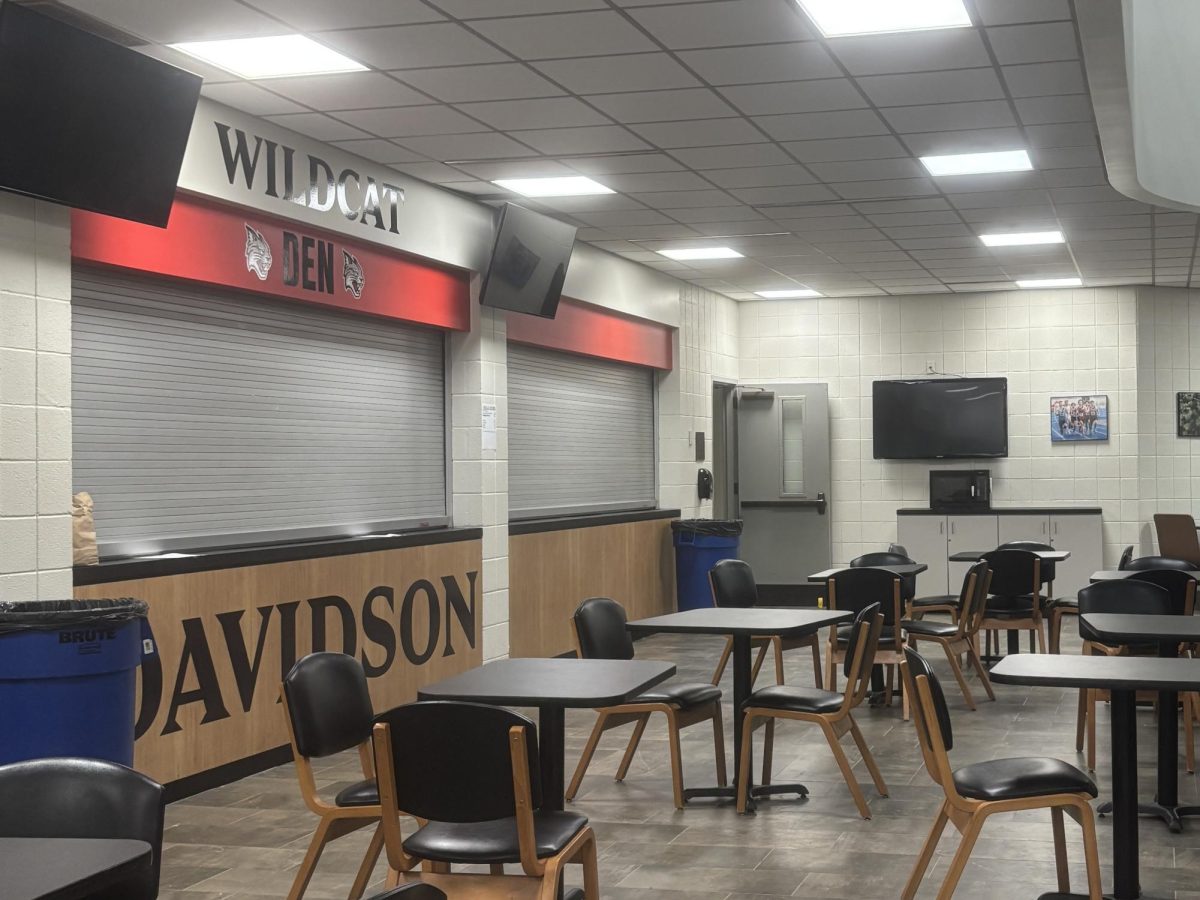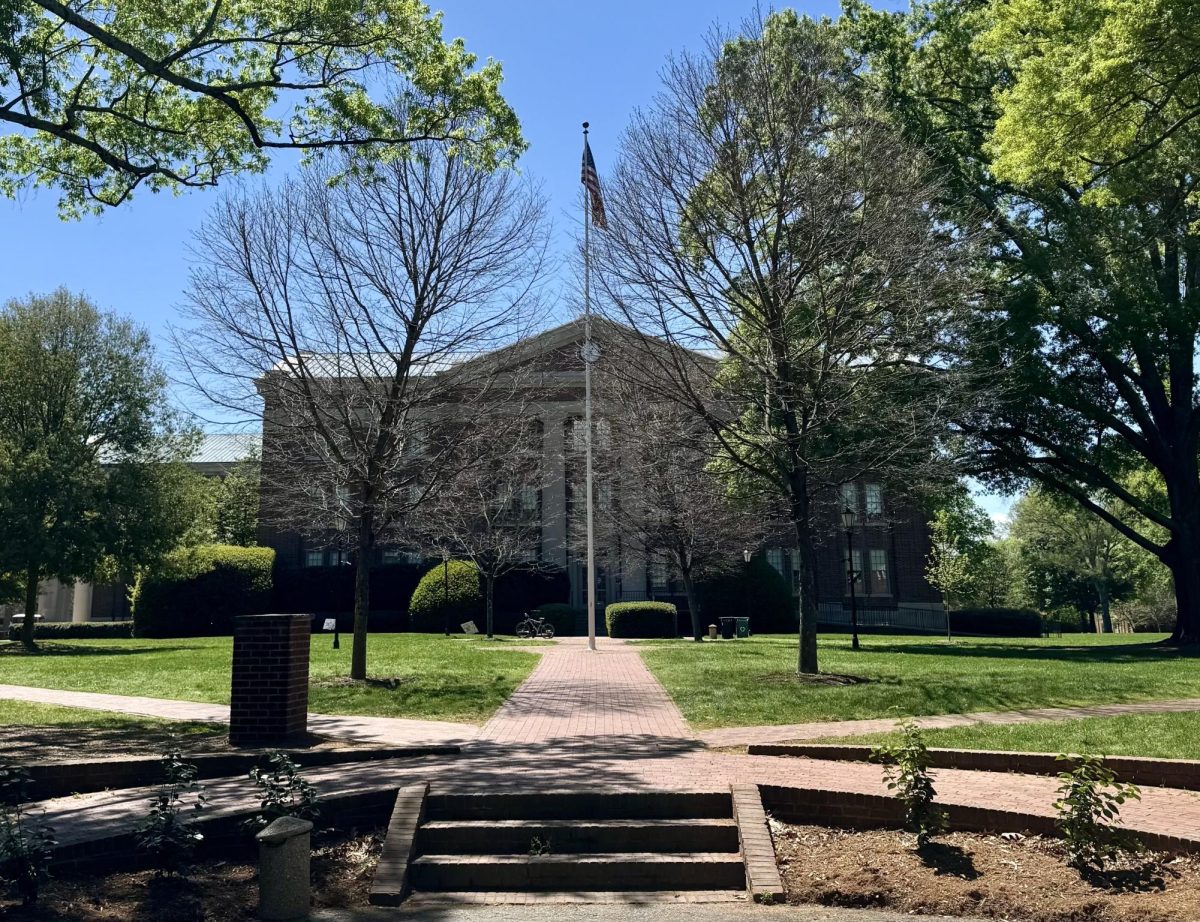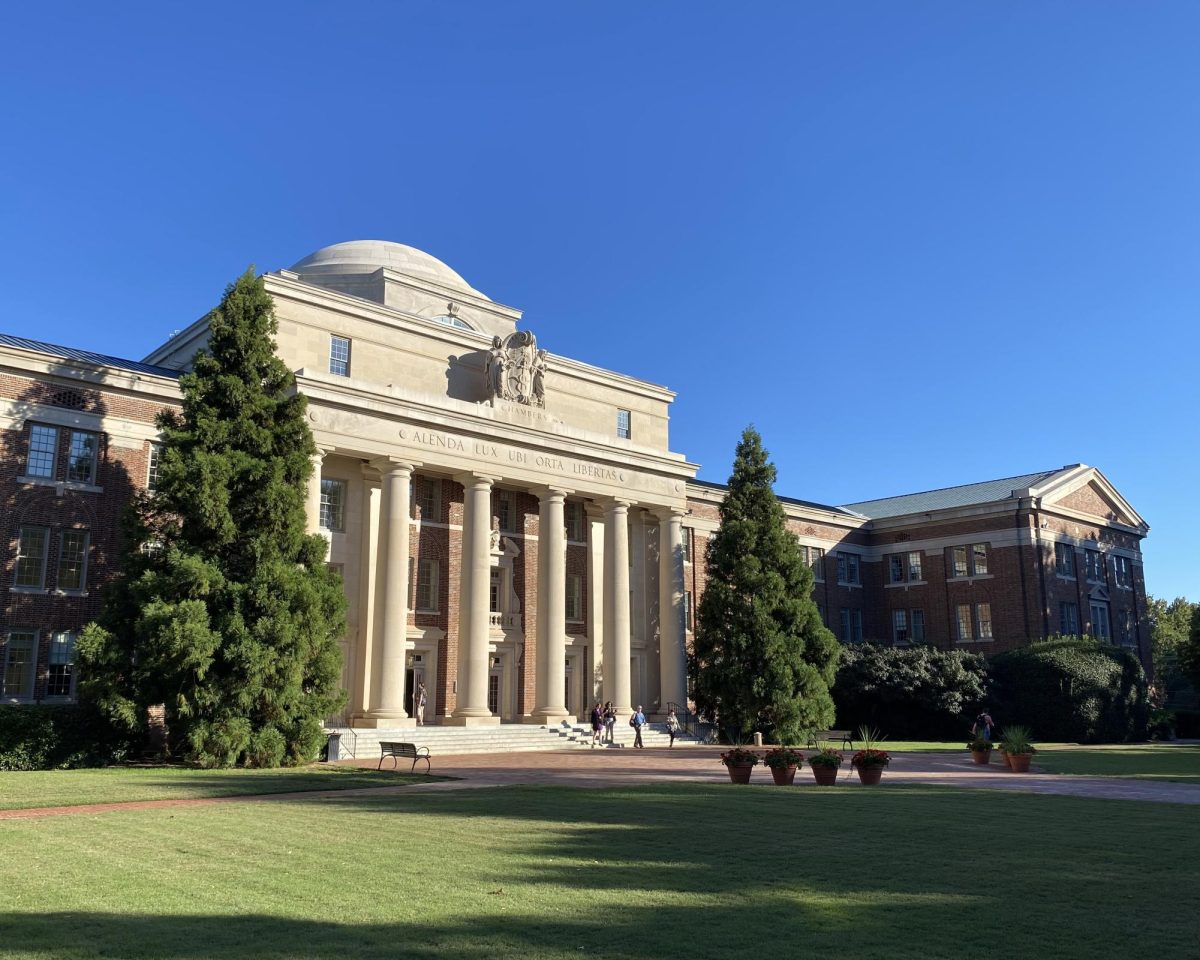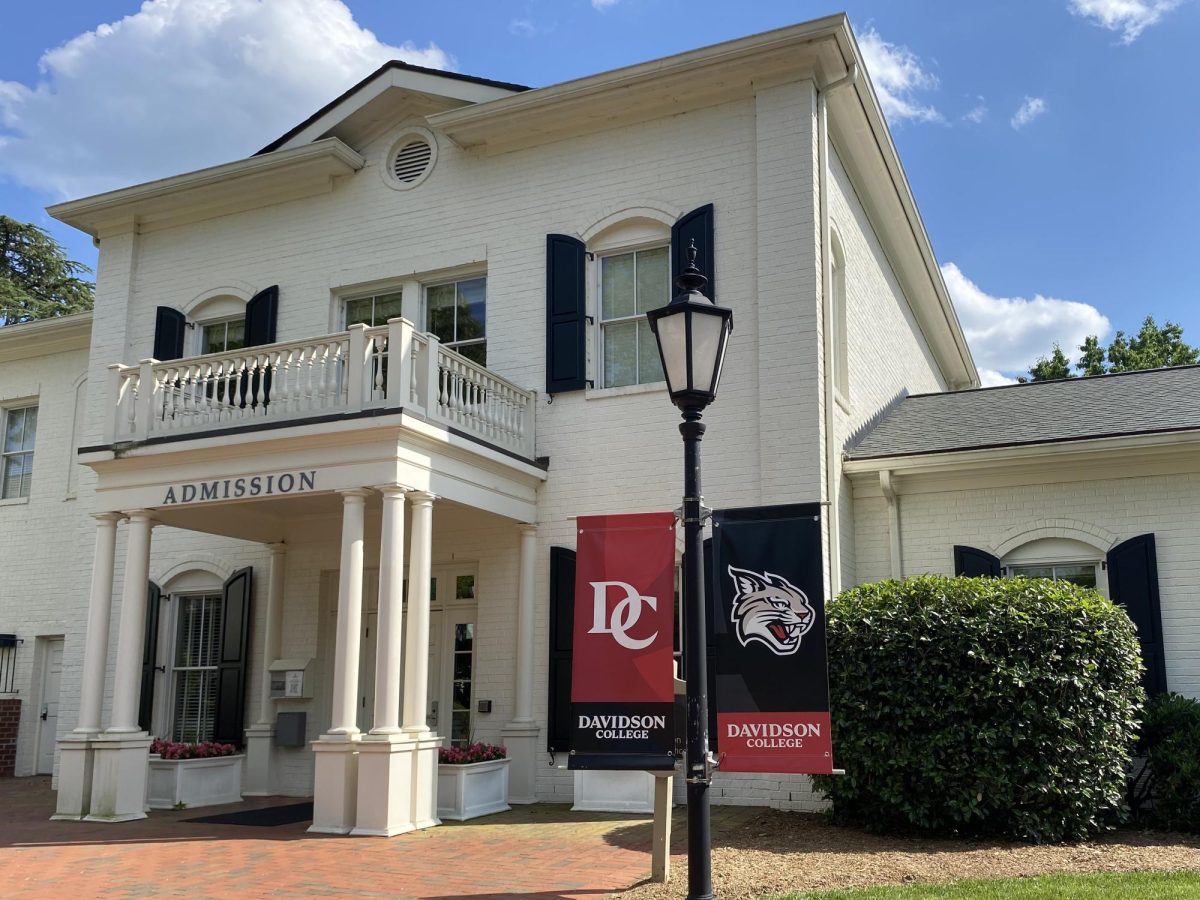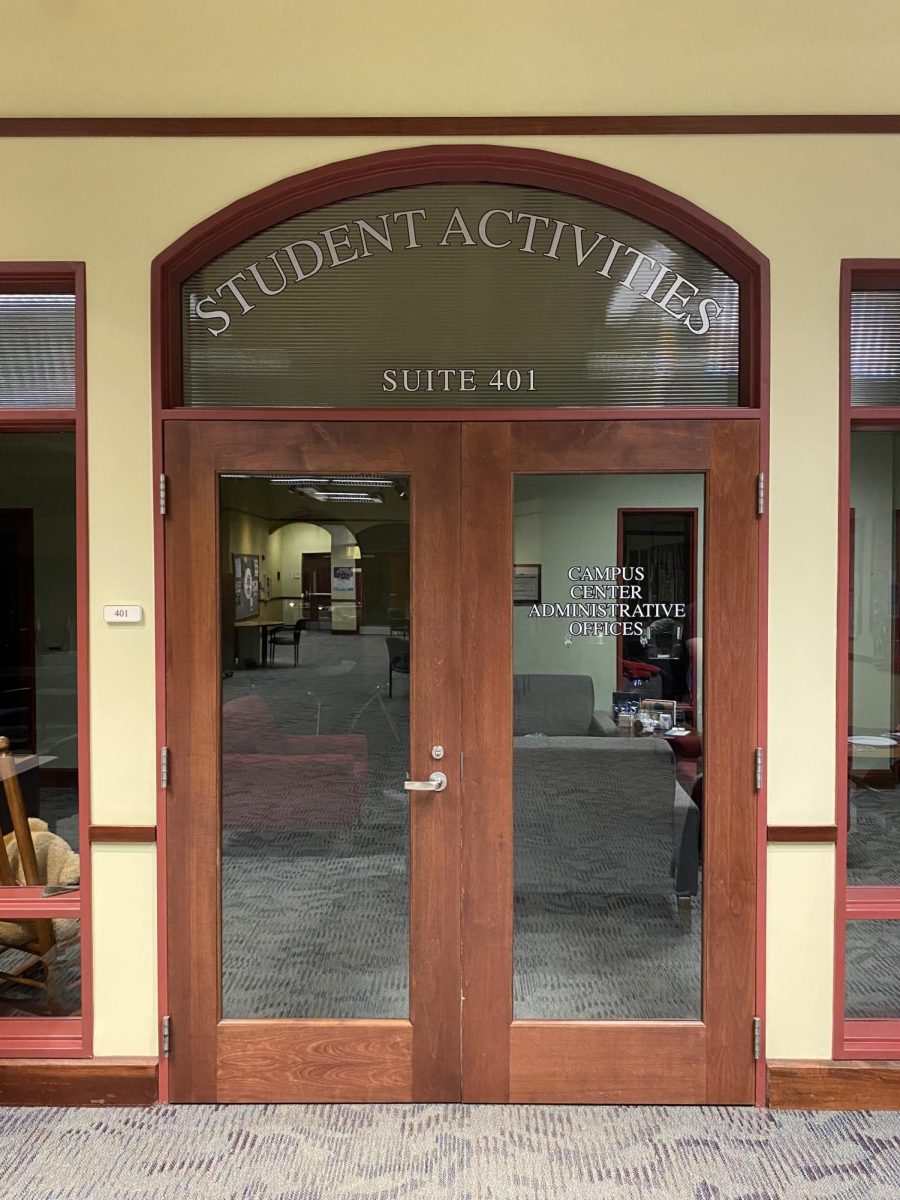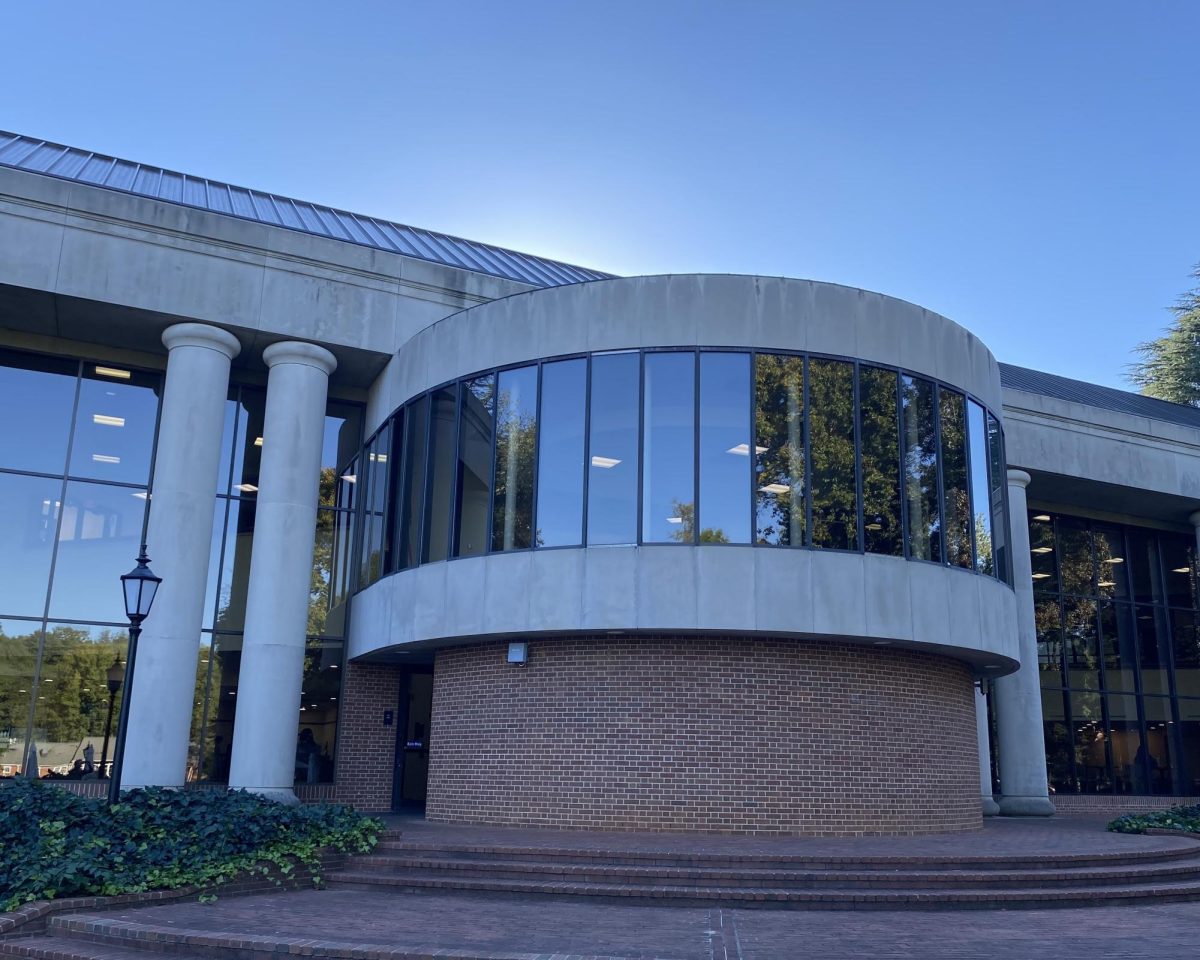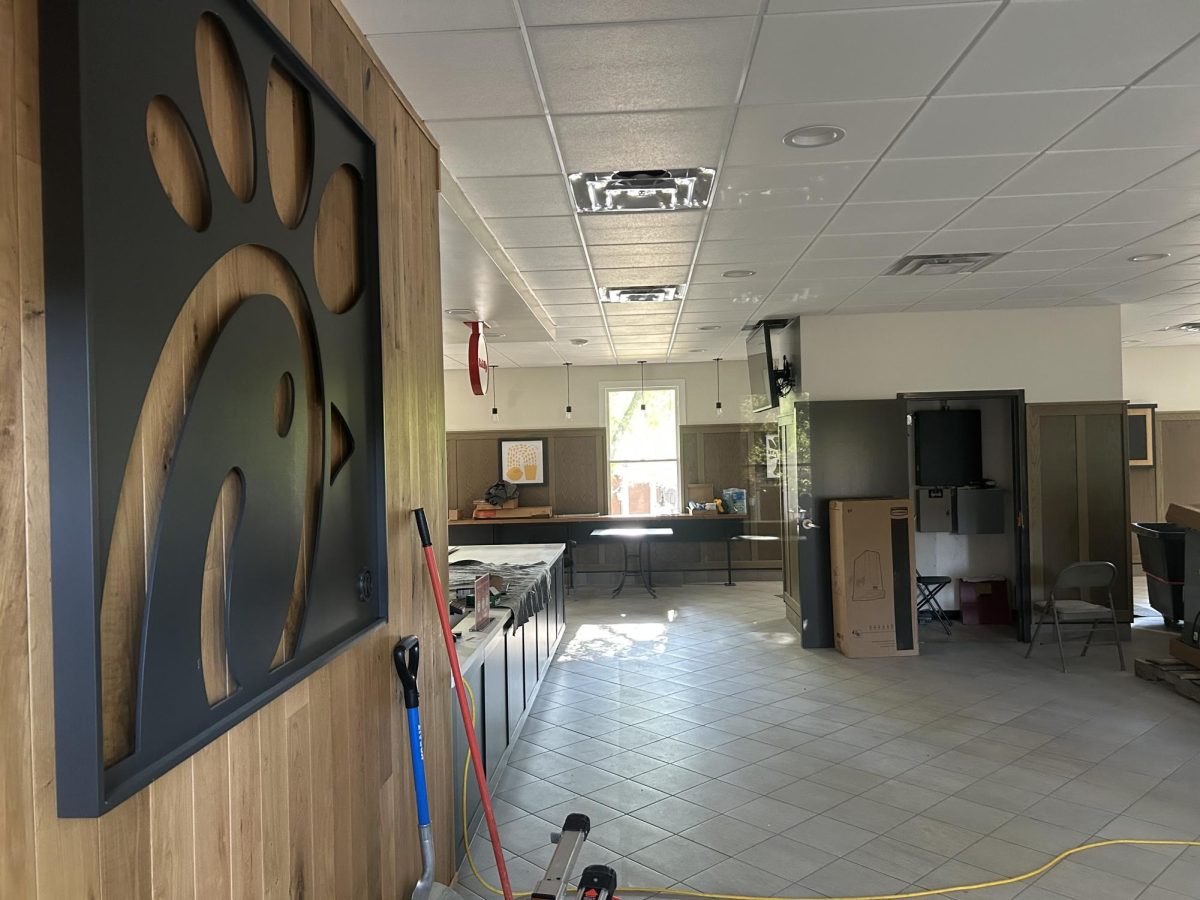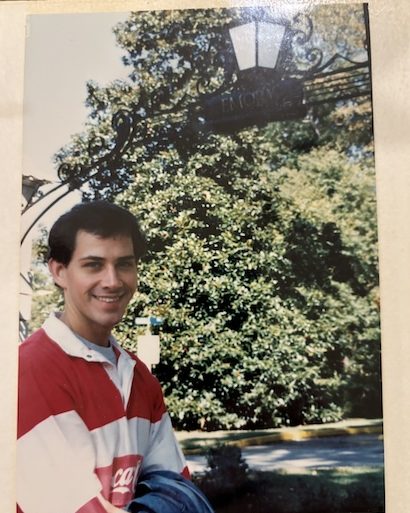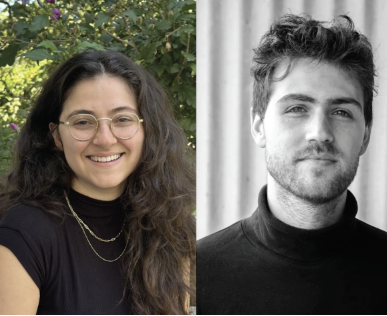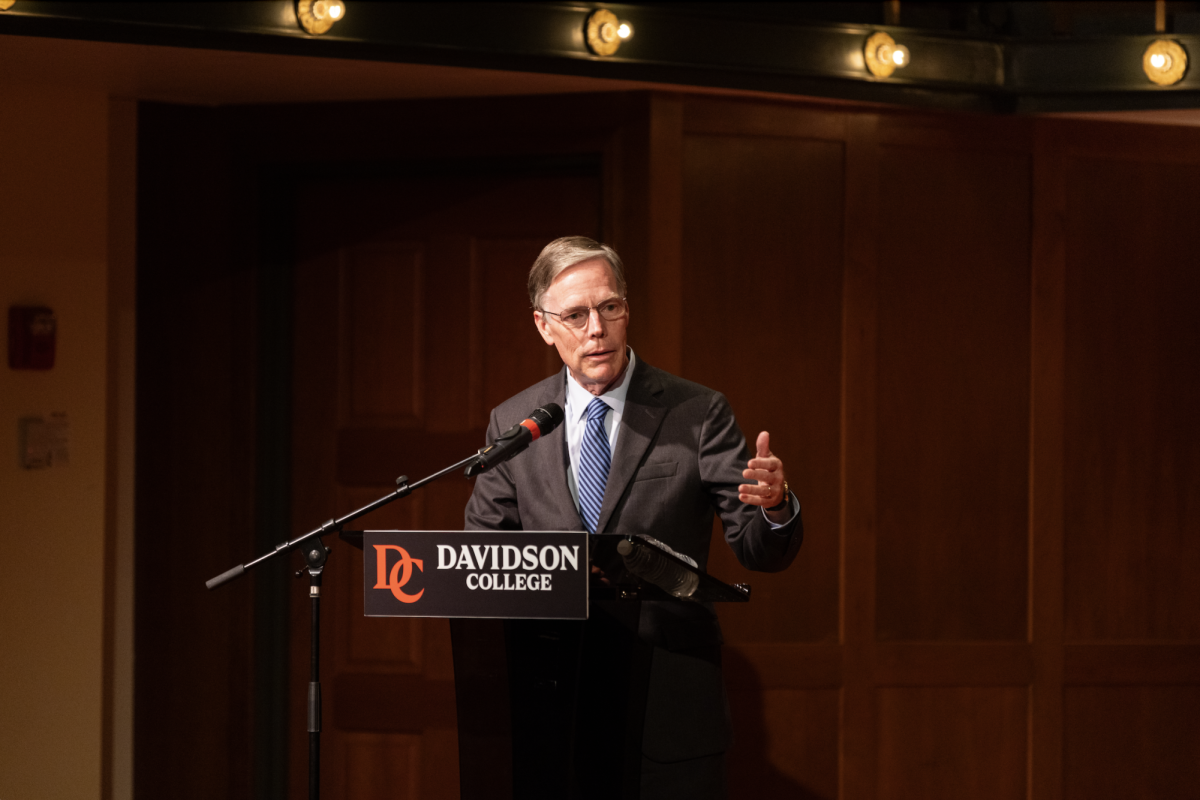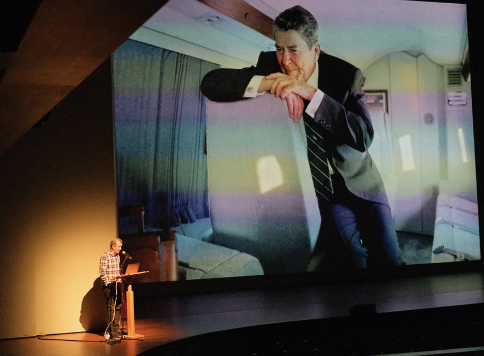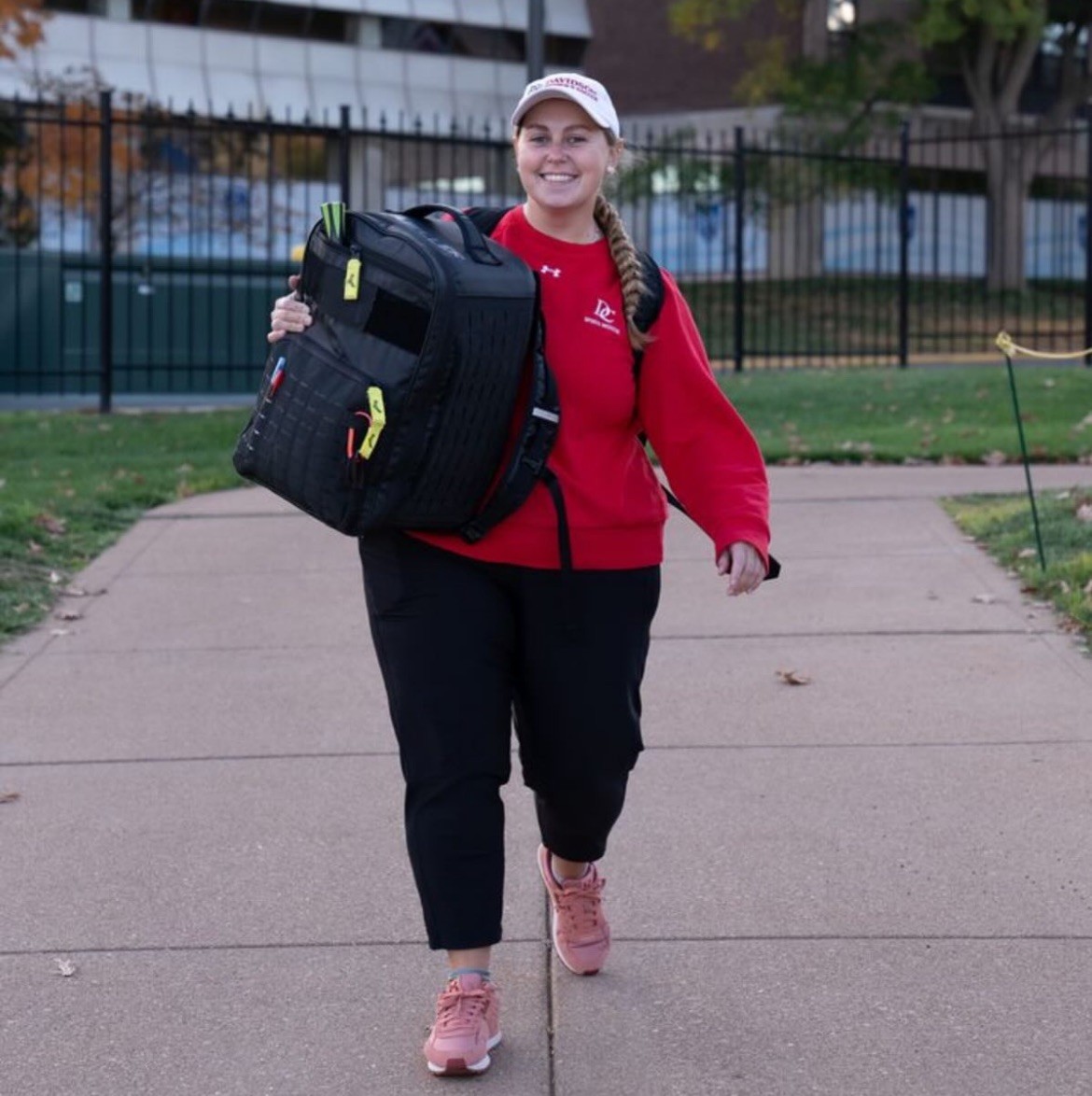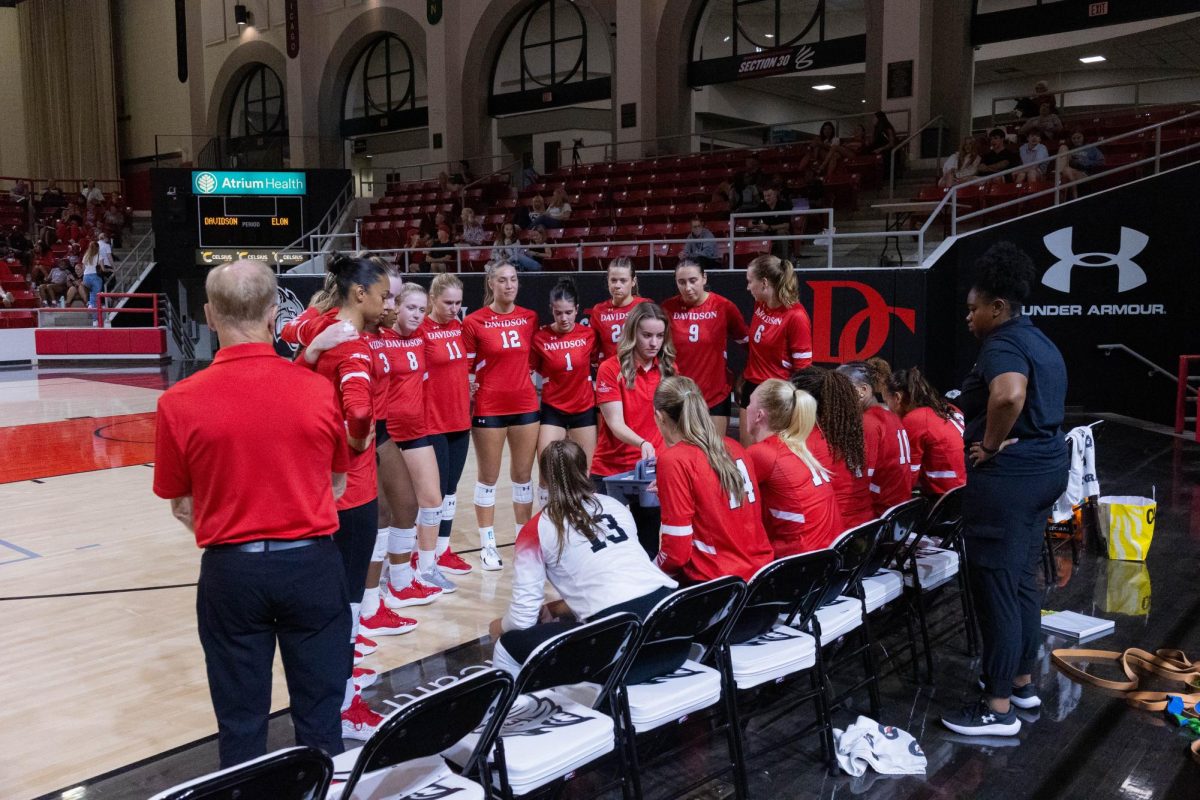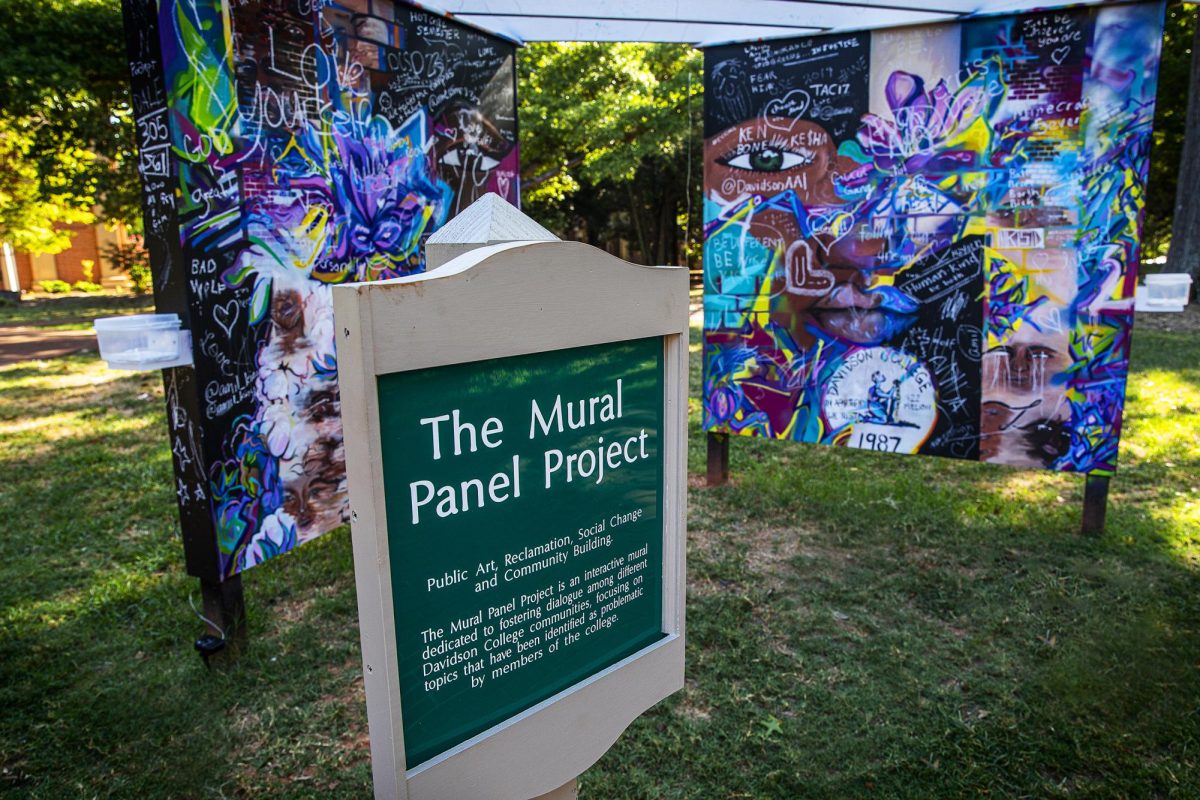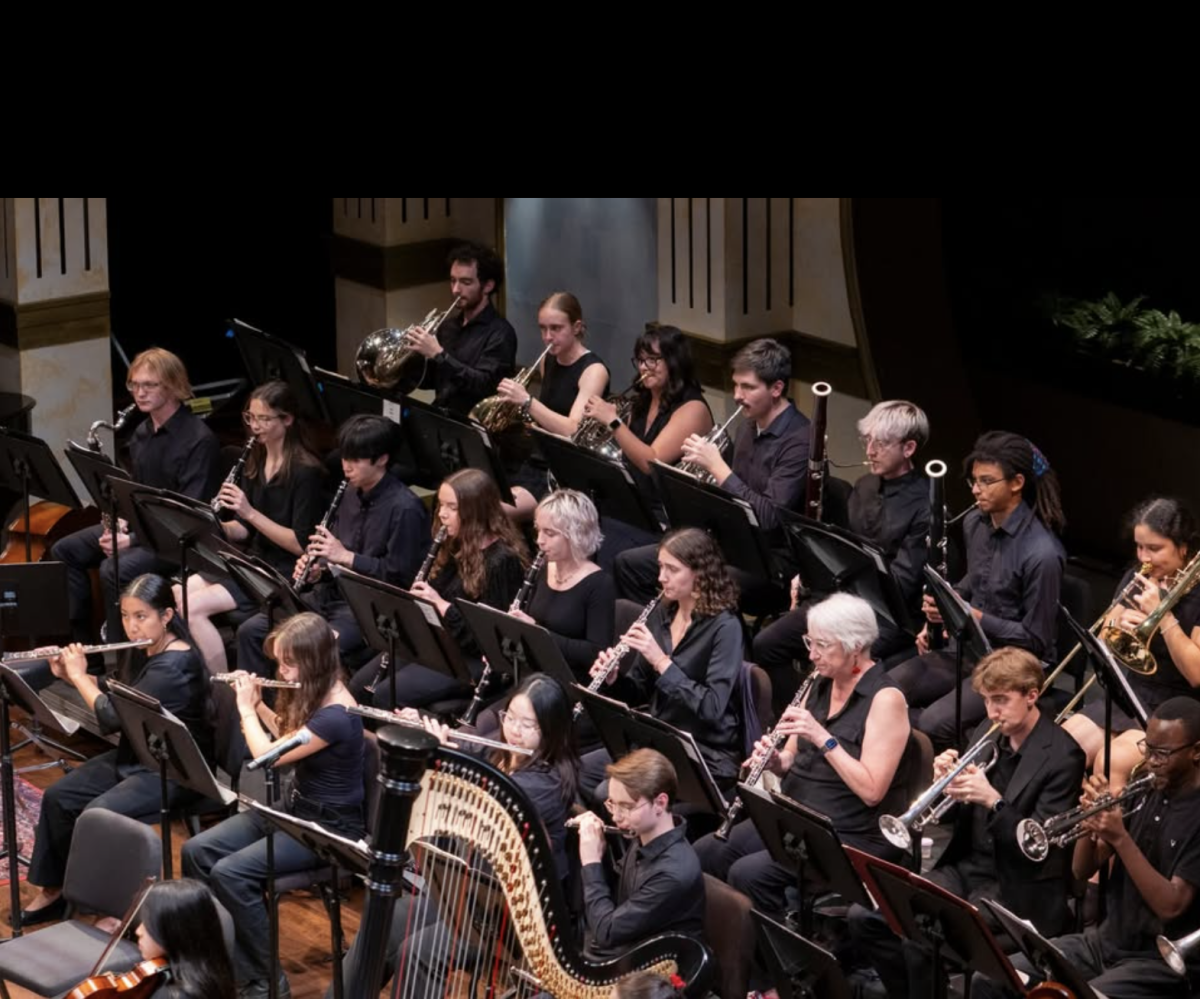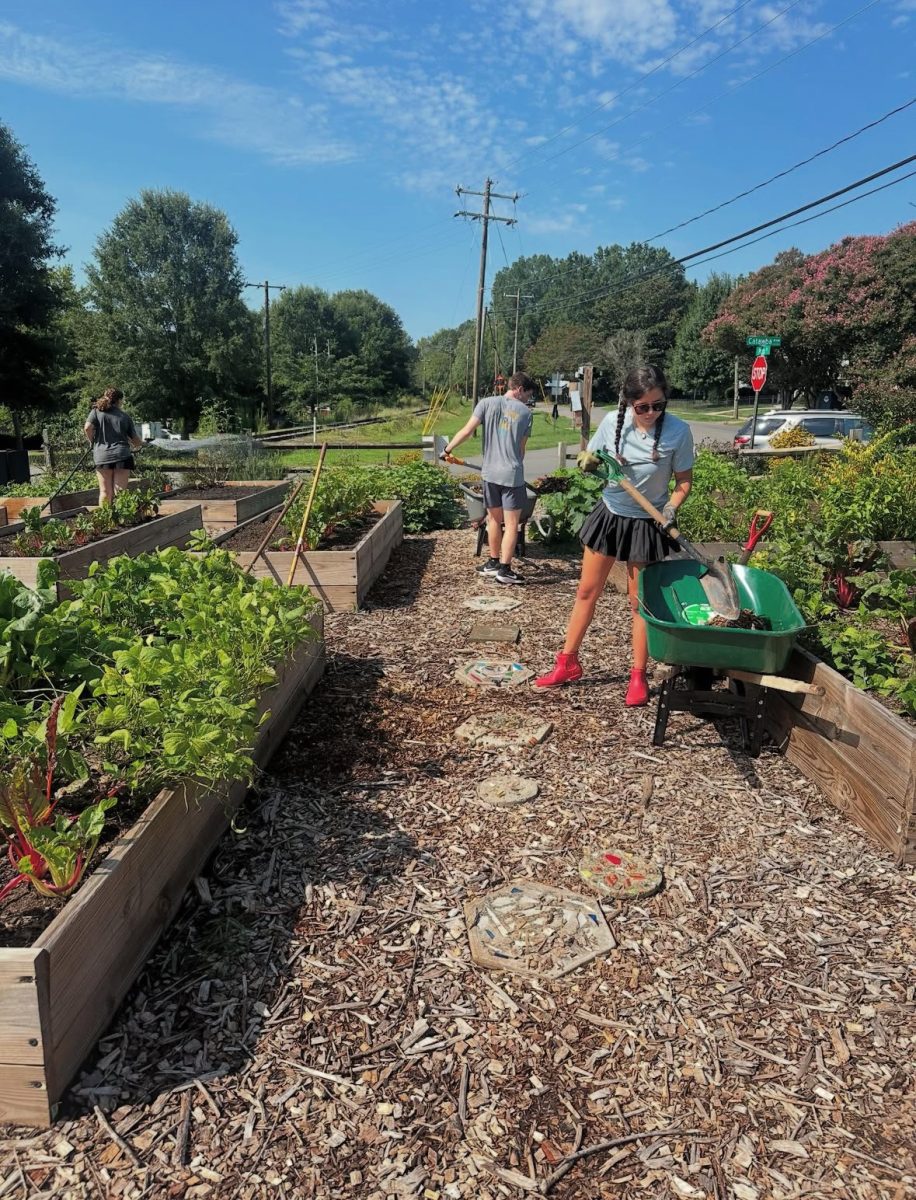Wildfires scorched thousands of acres across North and South Carolina at the beginning of the month. Now, residents of both states are forced to confront a reality where fires are more common and more intense.
Tryon and Saluda, small towns in Western North Carolina, bore the brunt of North Carolina’s fire damage. South Carolina, specifically the Myrtle Beach area, saw the largest flames. In South Carolina, the Covington Drive Fire, also referred to as the Carolina Forest Fire for the neighborhood it boarded, has burned over 2,000 acres of land. At the time of publication, the fire continued to burn but was 75% contained according to the South Carolina Forestry Commission. Professor of Communication Studies Issac Bailey ‘95 splits time between Myrtle Beach and Davidson. The fire is roughly ten miles from his home.
“We’ve been through this before,” Bailey wrote over email. “Several years ago, as a journalist, I covered wildfires that erupted in a nearby area. More homes burned then than now. And my late father-in-law was with the Forestry Commission in SC, so while we don’t have a fire season like California’s, this isn’t new for our state.”
Bailey’s reference to California comes just a few months after fires ravaged Los Angeles and surrounding communities in January of this year. The Carolina fires, while significantly less destructive, brought with them a threatening projection for the future on the East Coast.
“So far for this incident we got kind of lucky, at least in the Myrtle Beach area,” Bailey said. “We didn’t [lose] many homes, despite how unnerving the fires are. We won’t always be so lucky.”
Tim Koch teaches music and is the director of choral activities at Coastal Carolina University in Conway South Carolina, about ten miles from the Myrtle Beach neighborhood where Koch lives. He drove past the fire on his way to work and described days on campus that were covered in smoke.
“There was at least one or more days where everywhere you walked you could smell the smoke,” Koch said. “I teach singing and it was affecting students’ voices. Students were not able to—their voices were really irritated by the smoke.”
No lives or homes were lost in Myrtle Beach according to The Sun News, the area’s local paper. Longtime resident Dawn Bryant credited this to the hard work of firefighters and other first responders.
“It was just tremendous work by all the firefighters, not just locally, but we had support from the state and other communities in the Carolinas who came in and really rallied to help our local firefighters get that under control,” Bryant said. “It is just remarkable that there were no injuries, no lives lost and no structures that were lost to that fire because it was right on the edge of those neighborhoods.”
Koch echoed Bryant’s sentiment, praising the network of first responders.
“The fire broke out just behind the Carolina Forest [neighborhood],” Koch said. “Somehow the firefighters kept it off all of the houses. However, a large majority of those houses are built with vinyl siding and there were houses that were closest to the fires where the siding melted off of the house. But none of them ever caught fire. There were firemen here from all over the East Coast.”
Myrtle Beach resident Alexandra Bialousow was arrested on March 6 for allegedly starting the Covington Drive Fire.
“Bialousow is accused of not taking the proper precautions to prevent her debris burn from escaping and negligently allowing fire to spread to ‘lands of another,’” the South Carolina Forestry Commision wrote in a press release. “Witnesses reported seeing Bialousow intentionally start a fire in a backyard fire pit that was in close proximity to a tree line within Covington Lakes Subdivision on March 1.”
Bilousow’s backyard fire quickly spread out of control. This is due in large part to the fire-friendly conditions of the surrounding area. According to Dr. LeeAnna Chapman, Assistant Professor of the Practice in Environmental Studies, early spring and late fall in the Carolinas means warm, dry and windy weather along with dead vegetation, a combination that creates “extreme fire risk.”
Although Bilousow was allegedly responsible for starting the Covington Drive Fire, climate change played a part in its intensity and longevity.
“Wildfires thrive in warm and dry conditions,” Chapman said. “Climate change is increasing both of these, making wildfires more likely and further reaching.”
As a long-time resident of Myrtle Beach, Koch has watched the landscape evolve as a direct result of human impact.
“There are fewer and fewer trees,” Koch said. “I own a boat, it sits in a marina in the Intercoastal Waterway and it used to be forested all along. We have been going over there the past few weeks and remarking about how some developers have come in and taken out [many] trees. The planet needs to breathe. It becomes impossible to predict the weather, to control the weather because of what we are doing to the planet. There is no doubt about it.”
In Myrtle Beach, Koch claimed, business comes before environmental protection.
“I do think that our local government allows too much development,” Koch said. “Business is very very important. Primary, I would say, in our community. Any decisions that are made that are anti-business are not popular and if they are not popular then that increases the likelihood that this or that politician will not get
re-elected.”
Residents appear steadfast in their commitment to making a home in the area, despite the increasing risk posed by wildfires, storms and other natural disasters at the hands of climate change.
“I haven’t heard anyone say ‘I’ve got to get out of here’ at this point,” Baker said. “I think those things, these natural disasters can happen anywhere. We live on the coast, so there’s always the threat of a hurricane too. I think it’s that balance of taking the good with the not so good.”
Climate change poses threats to North Carolina, South Carolina, the East Coast and the entire country.
“We should prepare for more frequent and more intense climate events because climate change is making this a new reality,” Chapman said.

